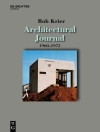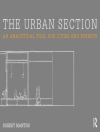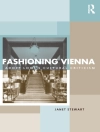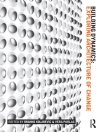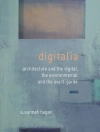
A singular architectural landmark bridging western Europe and the American South
How did the Belgian Friendship Building, originally constructed for the 1939 New York World’s Fair—and one of only a few surviving buildings from that celebrated exhibition—end up on the campus of an HBCU in Richmond, Virginia? In this richly illustrated book, Kathleen James-Chakraborty, Katherine Kuenzli, and Bryan Clark Green relate the fascinating story, spanning three continents, of a distinctly modern structure that has towered over Virginia Union University, in a city characterized by its traditional architecture, for more than eighty years. It is a structure whose original purposes—to present modern Belgian design and to extol its racist, colonial regime—stand in stark contrast to its dedication in 1941 to Robert L. Vann, longtime editor of one of America’s most illustrious historic Black newspapers. The Belgian Friendship Building is an enduring example of prewar modernism designed by a team of Belgian architects under the direction of Henry van de Velde that has until now been all but forgotten in histories of modern architecture. This indispensable, multifaceted account ties together the history of modern European architecture, colonial exploitation, and African American achievement in a brilliant and compelling case study.
Sobre o autor
Kathleen James-Chakraborty is Professor of Art History at University College Dublin and the author of several books, including
Modernism as Memory: Building Identity in the Federal Republic of Germany.
Katherine Kuenzli is Professor of Art History at Wesleyan University and the author of
Henry van de Velde: Designing Modernism, among others.
Bryan Clark Green is Architectural Historian and Director of Historic Preservation for Commonwealth Architects and the author of
In Jefferson’s Shadow: The Architecture of Thomas R. Blackburn.

